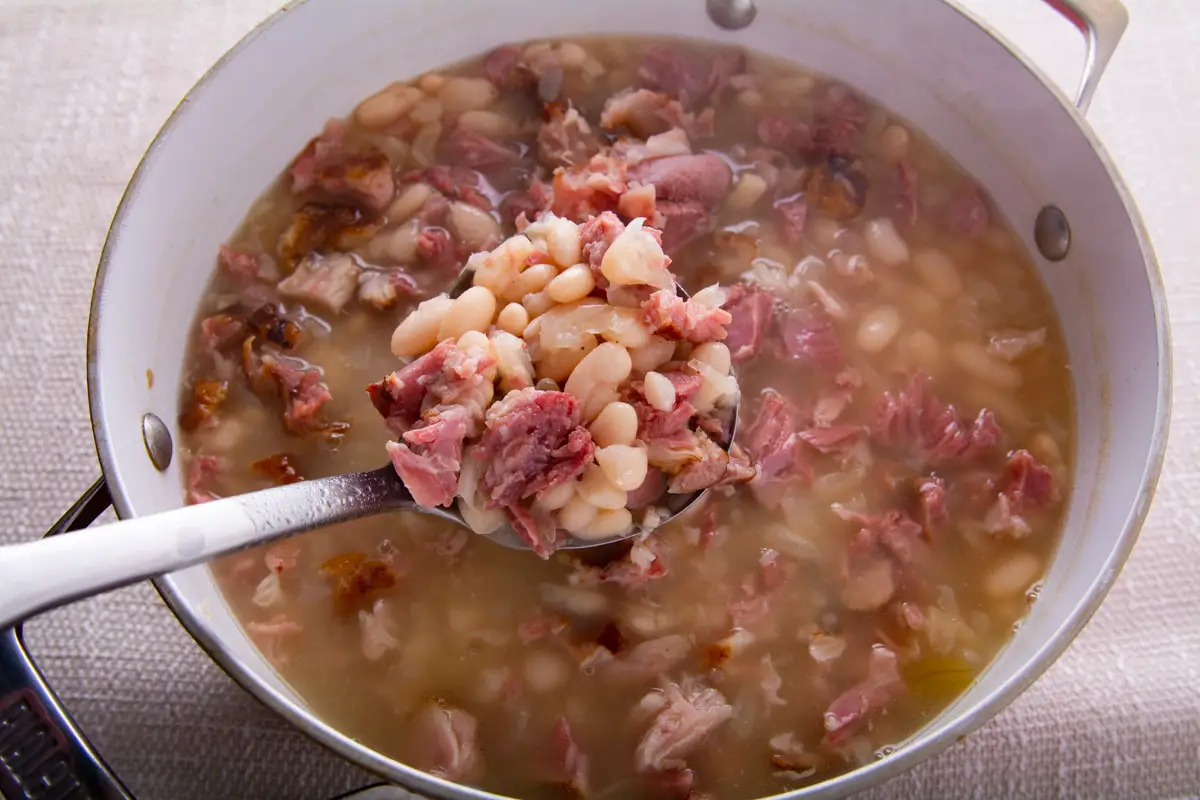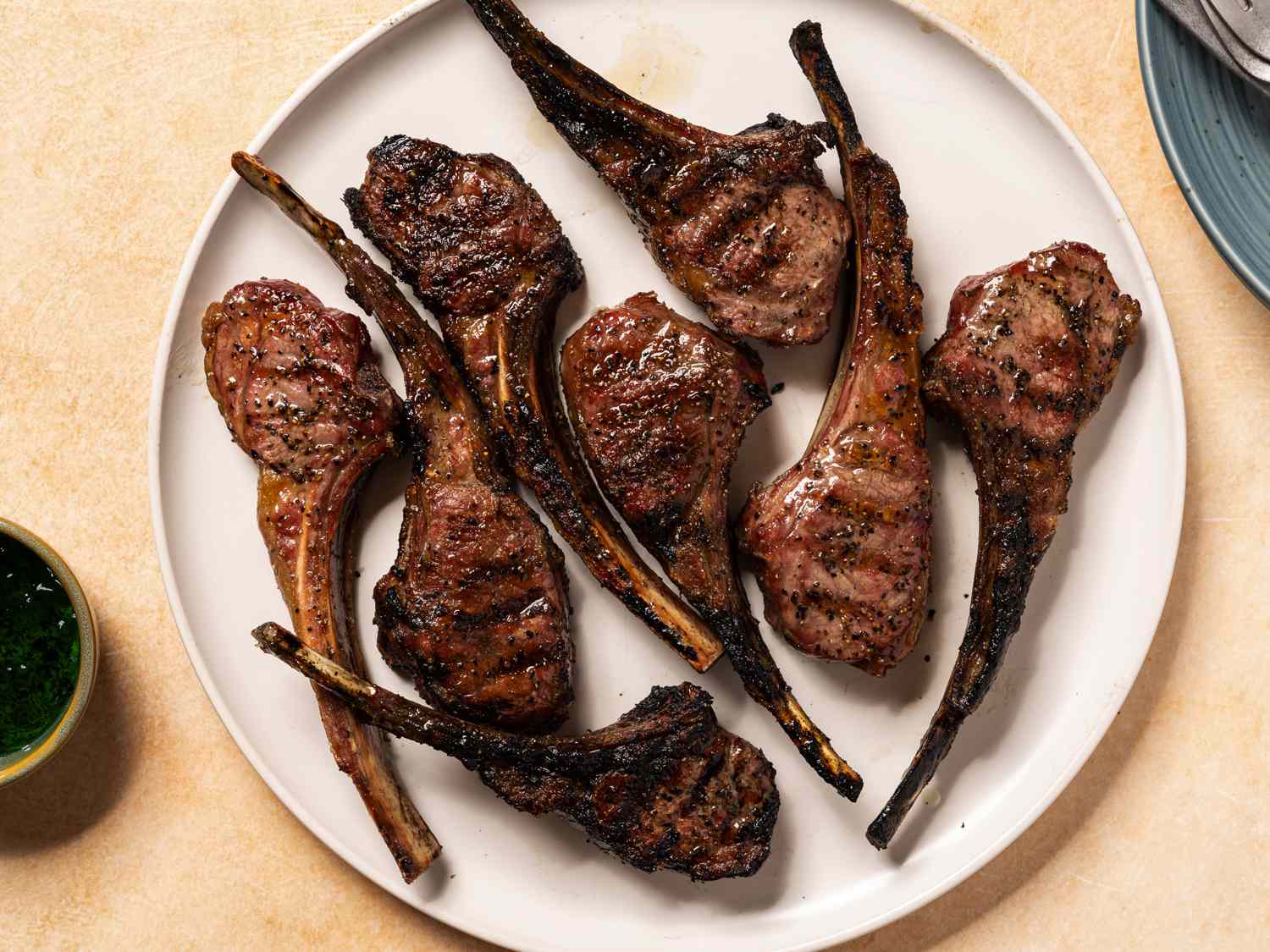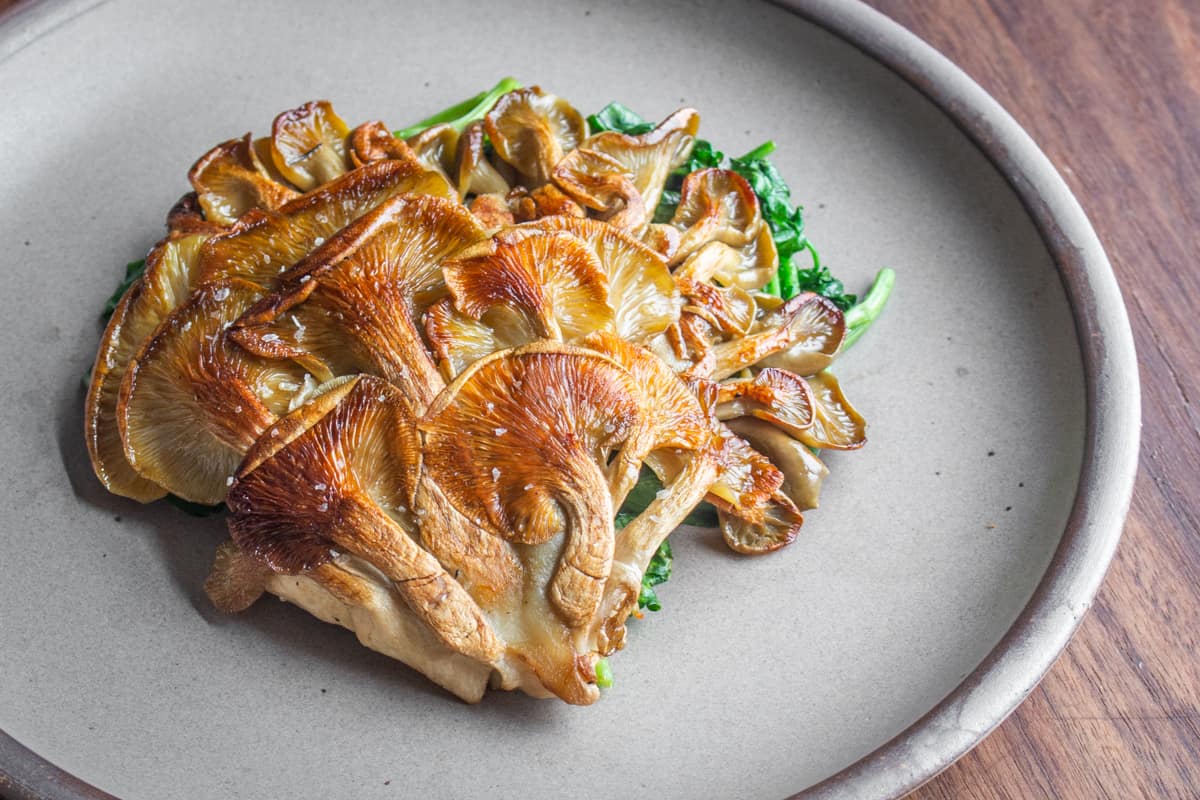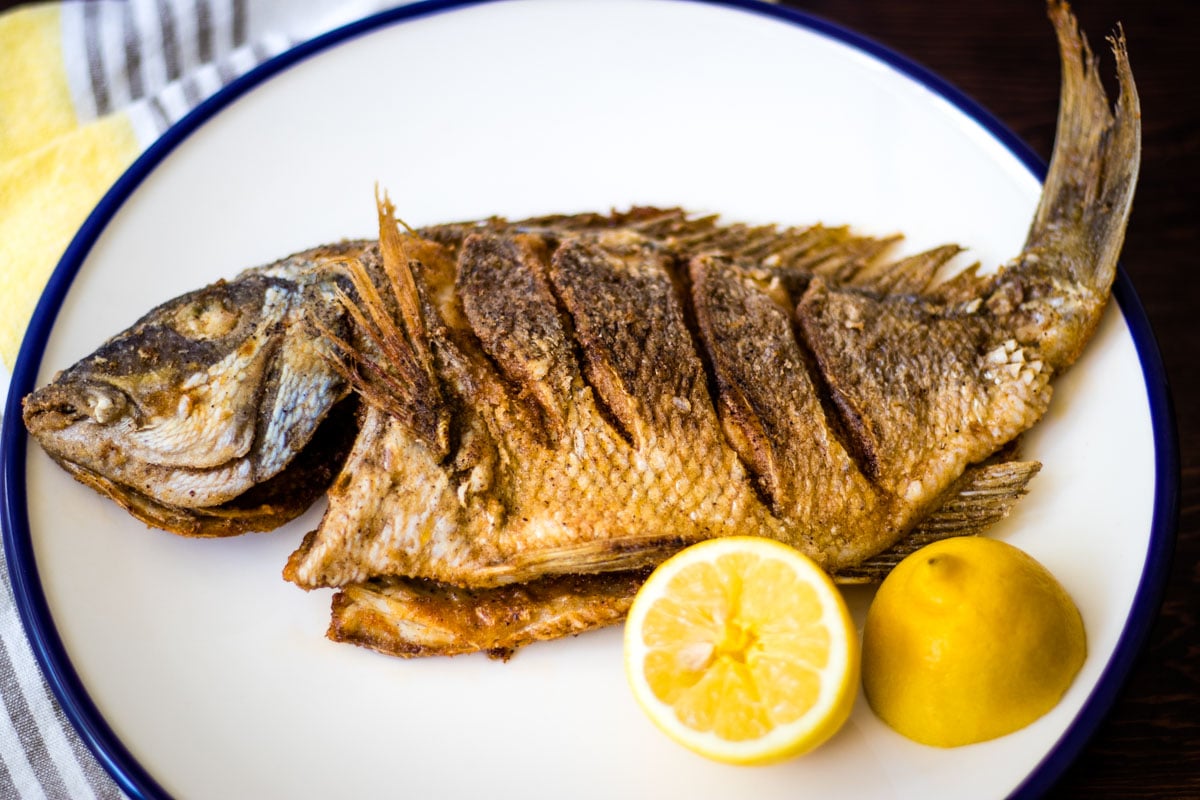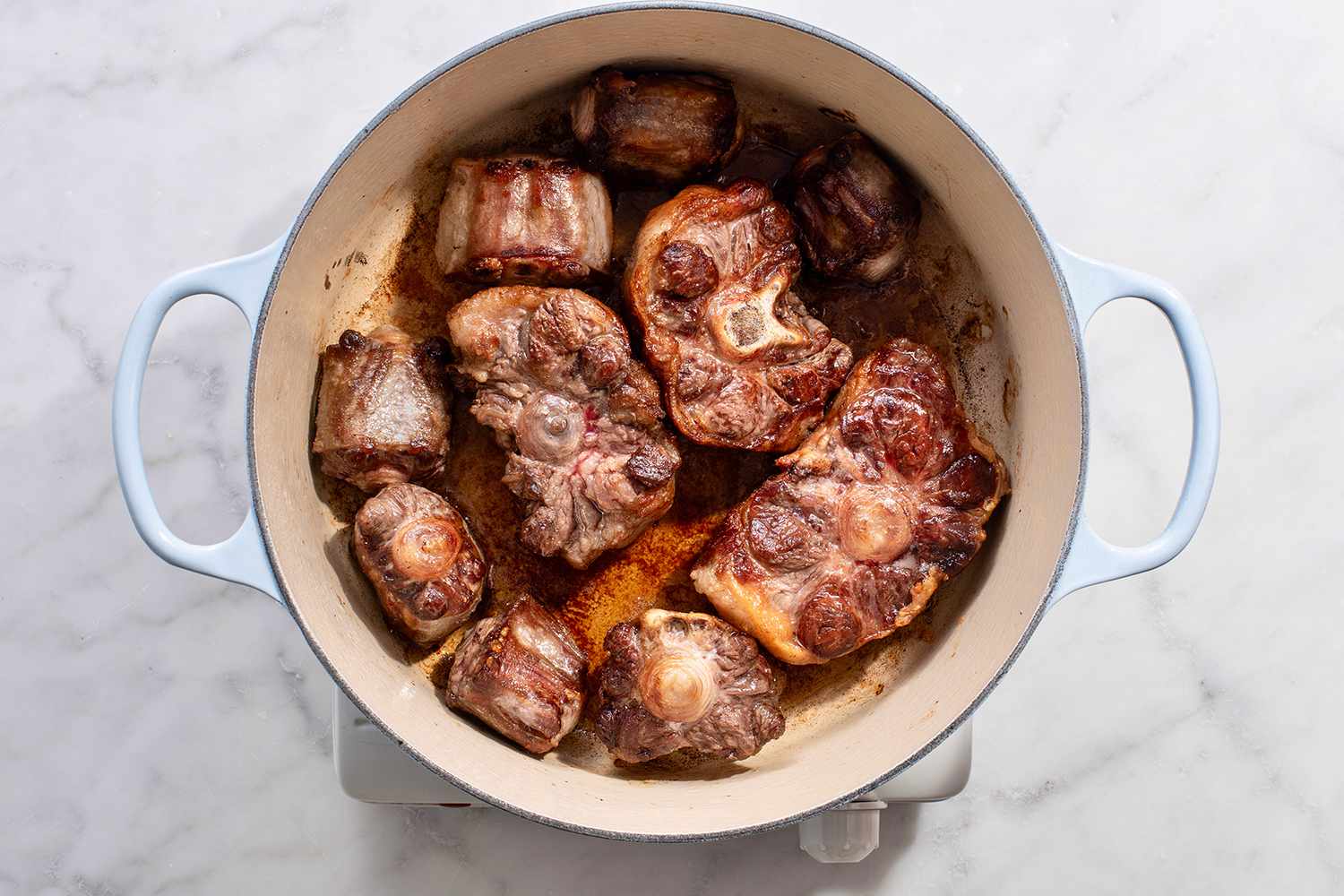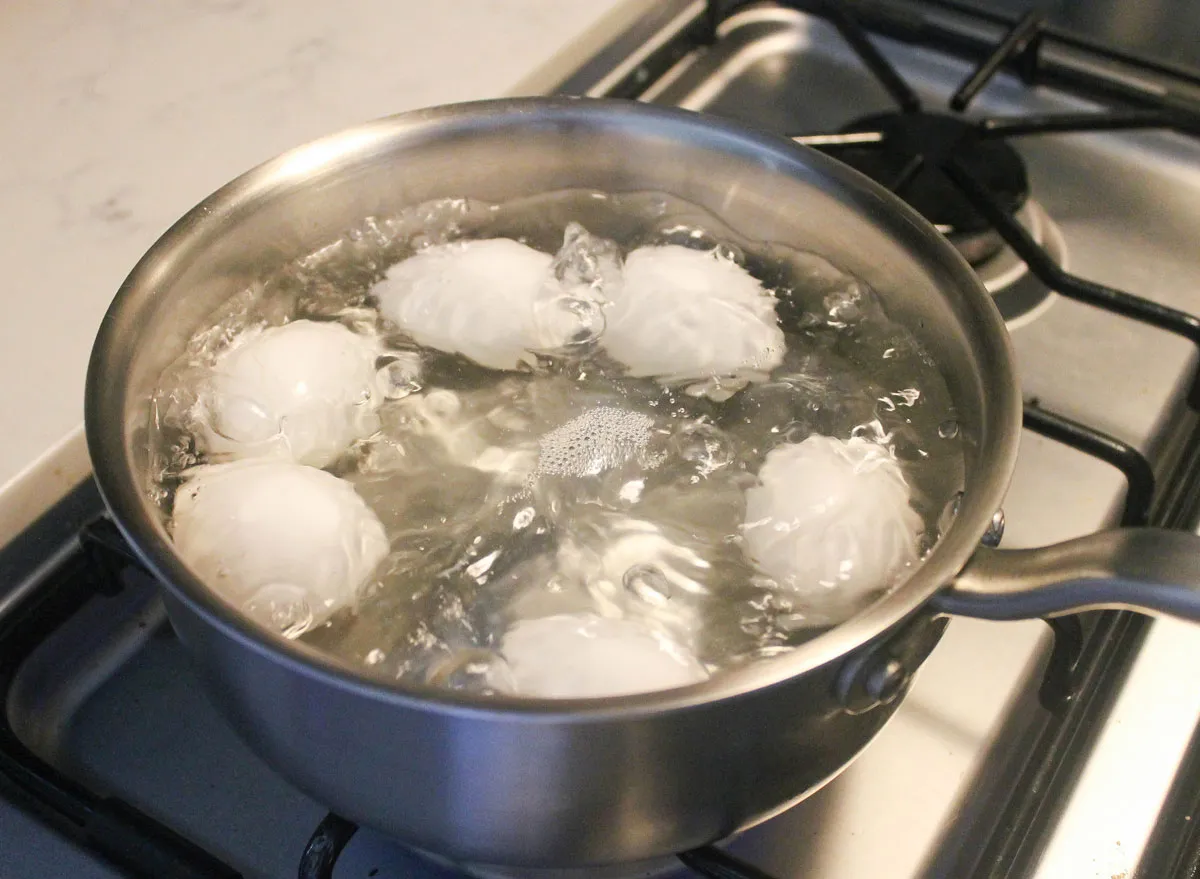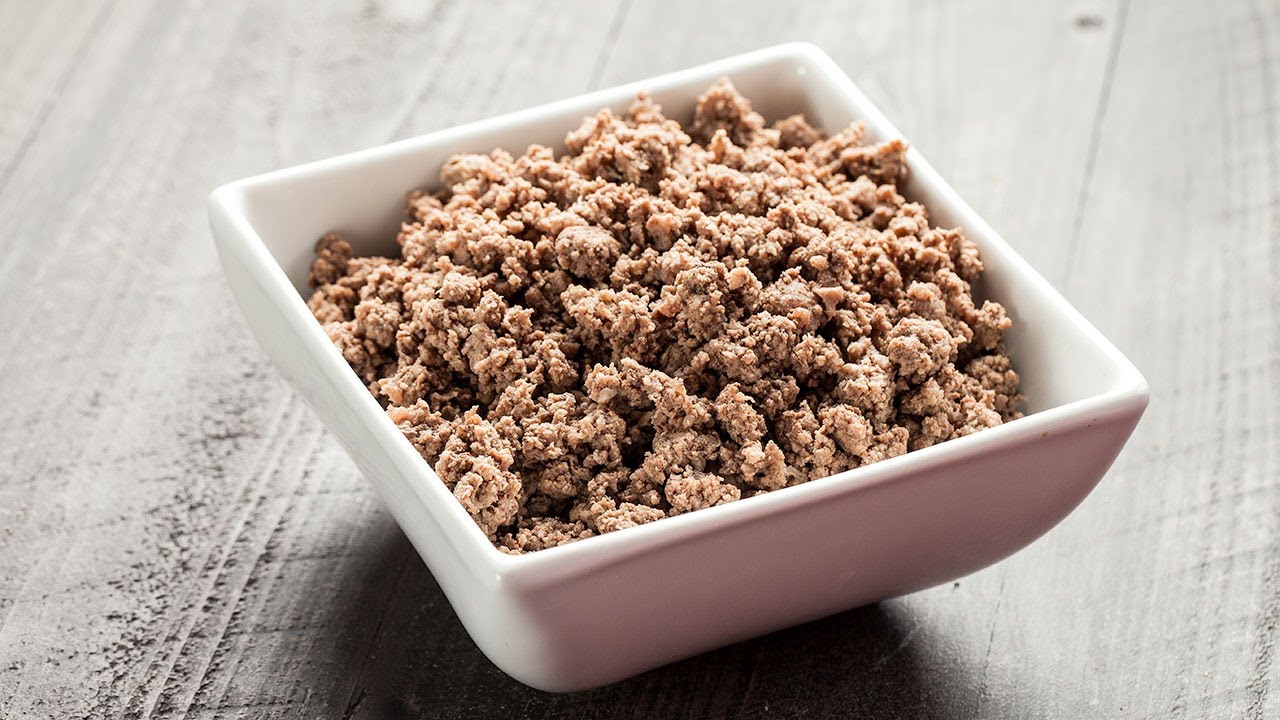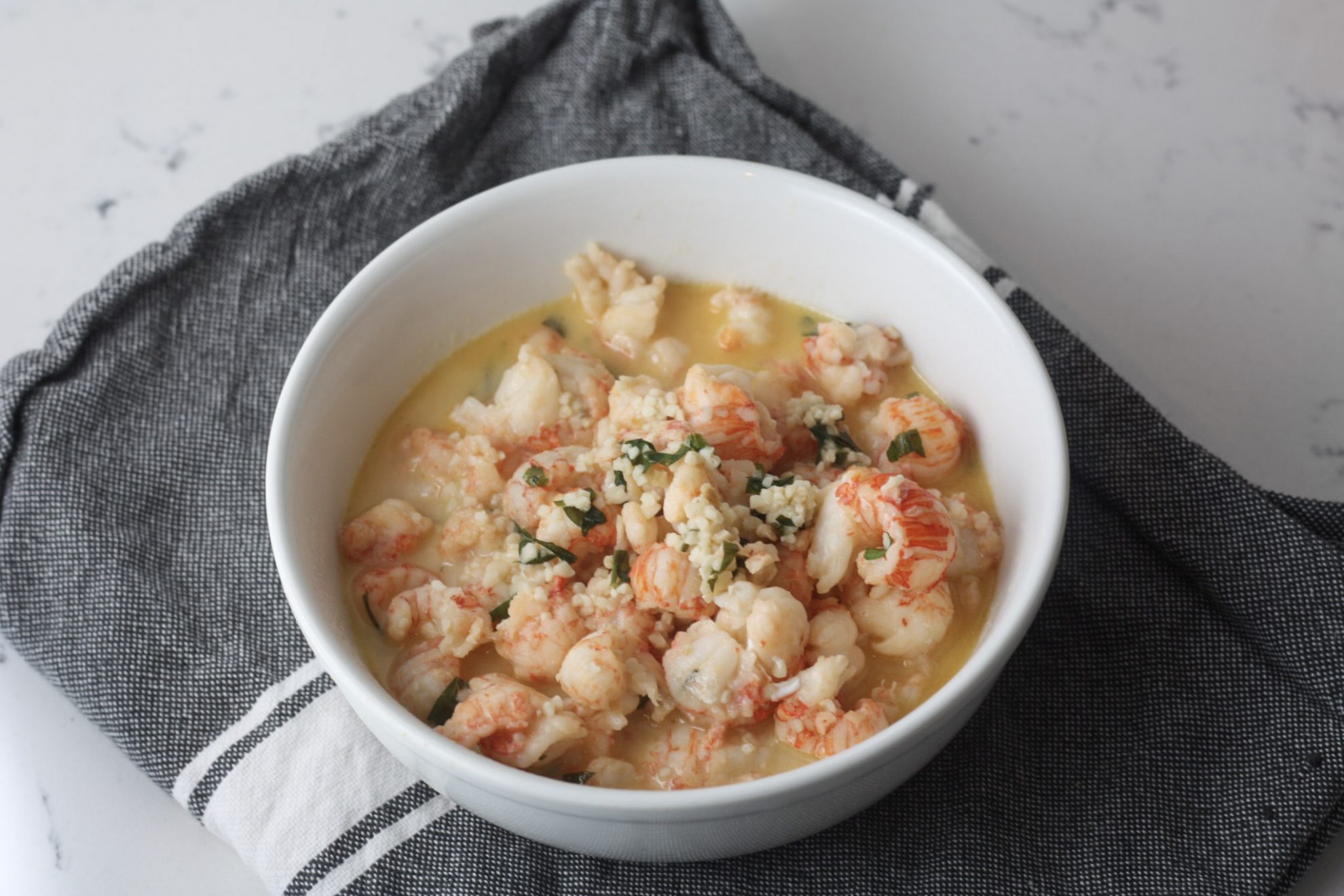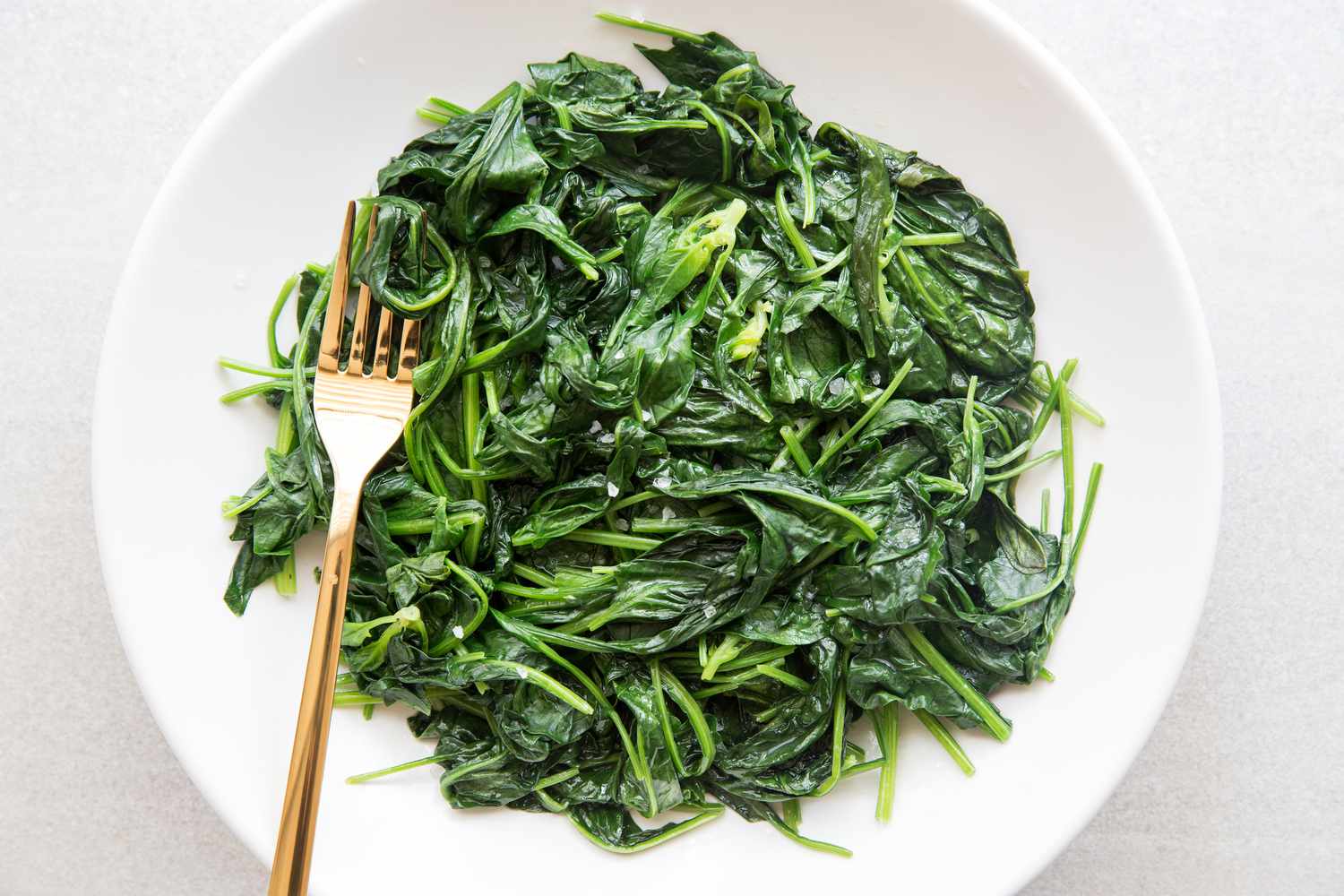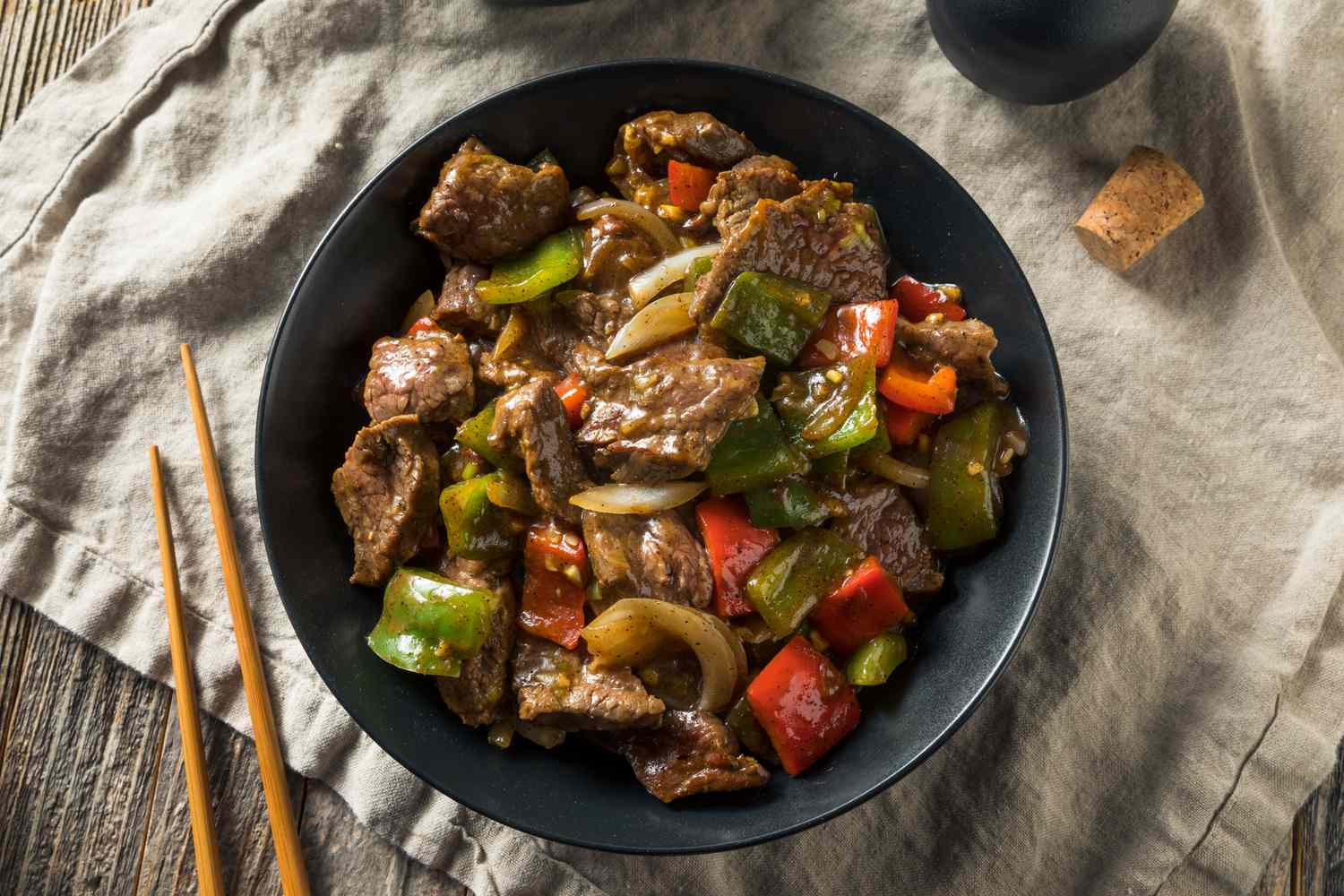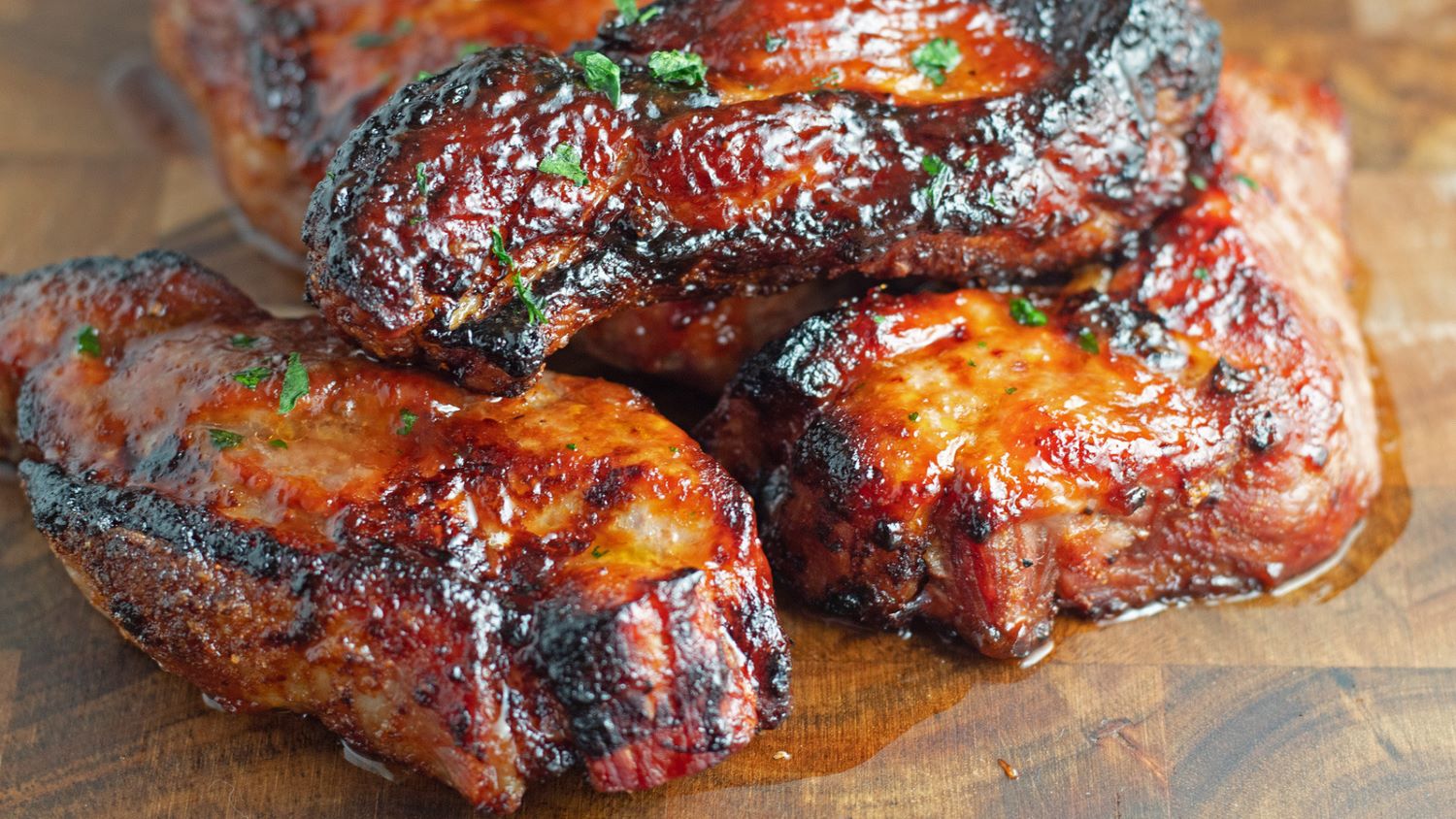Purple Eggplant: A Delicious and Versatile Ingredient
When it comes to cooking, purple eggplant is a versatile ingredient that can add a burst of flavor and color to any dish. Whether you’re a seasoned chef or just starting out, incorporating purple eggplant into your recipes is a great way to explore new flavors and textures. In this blog post, we will guide you through the process of cooking purple eggplant and share some delicious recipes to try!
Choosing the Perfect Purple Eggplant
Before you begin cooking with purple eggplant, it’s essential to choose the perfect one. Look for eggplants that have smooth, firm skins and a vibrant purple color. Avoid any with blemishes or soft spots, as they may indicate that the eggplant is past its prime.
Prepping and Preparing Purple Eggplant
Now that you’ve selected the perfect purple eggplant, it’s time to prep and prepare it for cooking. Follow these simple steps:
- Wash the eggplant thoroughly under running water.
- Trim off the stem and the bottom of the eggplant.
- If desired, you can peel the skin off, although it’s not necessary.
- Cut the eggplant into your desired shape, such as cubes, slices, or strips, depending on your recipe.
- Optional: Sprinkle some salt on the eggplant slices and let them sit for a few minutes to remove any bitterness. Rinse off the salt and pat dry before cooking.
Cooking Methods for Purple Eggplant
Now that your purple eggplant is prepped and ready to go, it’s time to get cooking! Here are some popular methods for cooking purple eggplant:
- Grilling: Brush the eggplant slices with olive oil and season with your favorite herbs and spices. Grill them over medium heat until they are tender and slightly charred.
- Baking: Arrange the eggplant slices on a baking sheet and drizzle with olive oil. Season with salt, pepper, and any other desired spices. Bake at 400°F (200°C) for about 20-25 minutes or until the eggplant is golden brown and soft.
- Stir-Frying: Heat a little oil in a pan over high heat. Add the eggplant slices and cook until they are tender and slightly browned, stirring frequently. You can also add other vegetables or protein to create a flavorful stir-fry dish.
Delicious Recipes to Try
Now that you know how to cook purple eggplant, here are a few mouth-watering recipes to inspire your culinary adventures:
- Roasted Eggplant Parmesan: Coat eggplant slices in breadcrumbs and parmesan cheese, then bake until golden brown. Layer the baked eggplant with marinara sauce and mozzarella cheese, then bake again until the cheese is melted and bubbly.
- Mediterranean Eggplant Salad: Grill or roast eggplant slices and combine with fresh tomatoes, cucumbers, red onions, olives, feta cheese, and a drizzle of olive oil and lemon juice.
- Eggplant Curry: Sauté eggplant with onions, garlic, and your choice of curry spices. Add coconut milk and simmer until the eggplant is tender and the flavors are well blended.
Conclusion
Purple eggplant is a versatile and delicious vegetable that can elevate any dish. By following our tips on choosing, prepping, and cooking purple eggplant, you’ll be able to create flavorful and nutritious recipes that will impress your family and friends. So next time you’re at the grocery store, don’t hesitate to grab a purple eggplant and get cooking!
For those eager to experiment with purple eggplant, there are several recipes worth trying. Beginners might enjoy Eggplant Parmesan Recipe for its familiar flavors and straightforward preparation. For a taste of the Mediterranean, Baba Ganoush Recipe and Eggplant Caponata Recipe offer delightful dipping options. If you're in the mood for something hearty, Eggplant Moussaka Recipe and Eggplant Lasagna Recipe are sure to satisfy. For a unique twist, try the Eggplant and Quinoa Stuffed Peppers Recipe, which combines wholesome ingredients into a delicious meal. Each of these recipes utilizes the techniques discussed, making them perfect for honing your eggplant-cooking skills.
